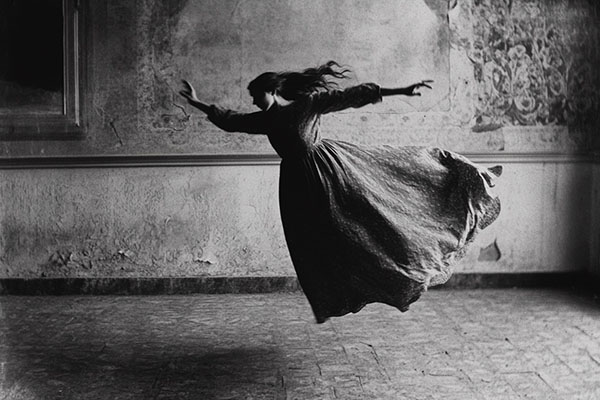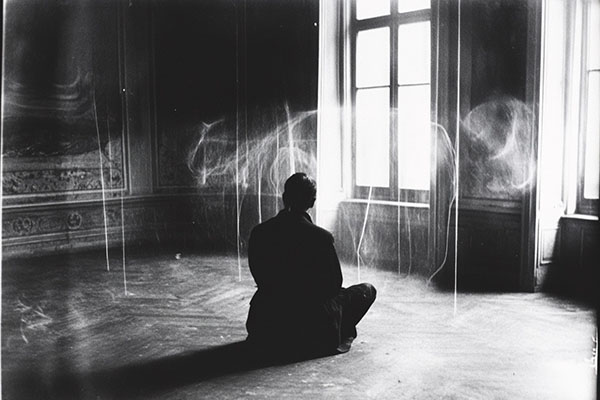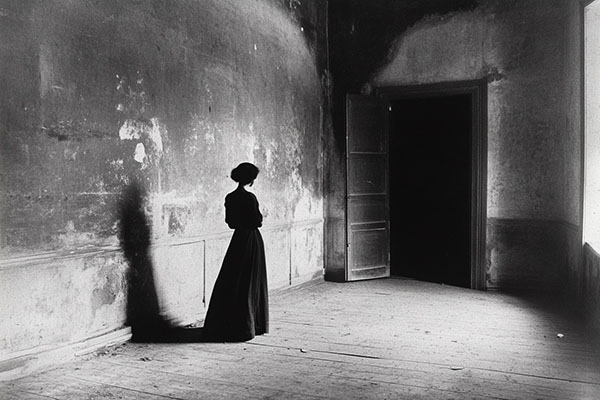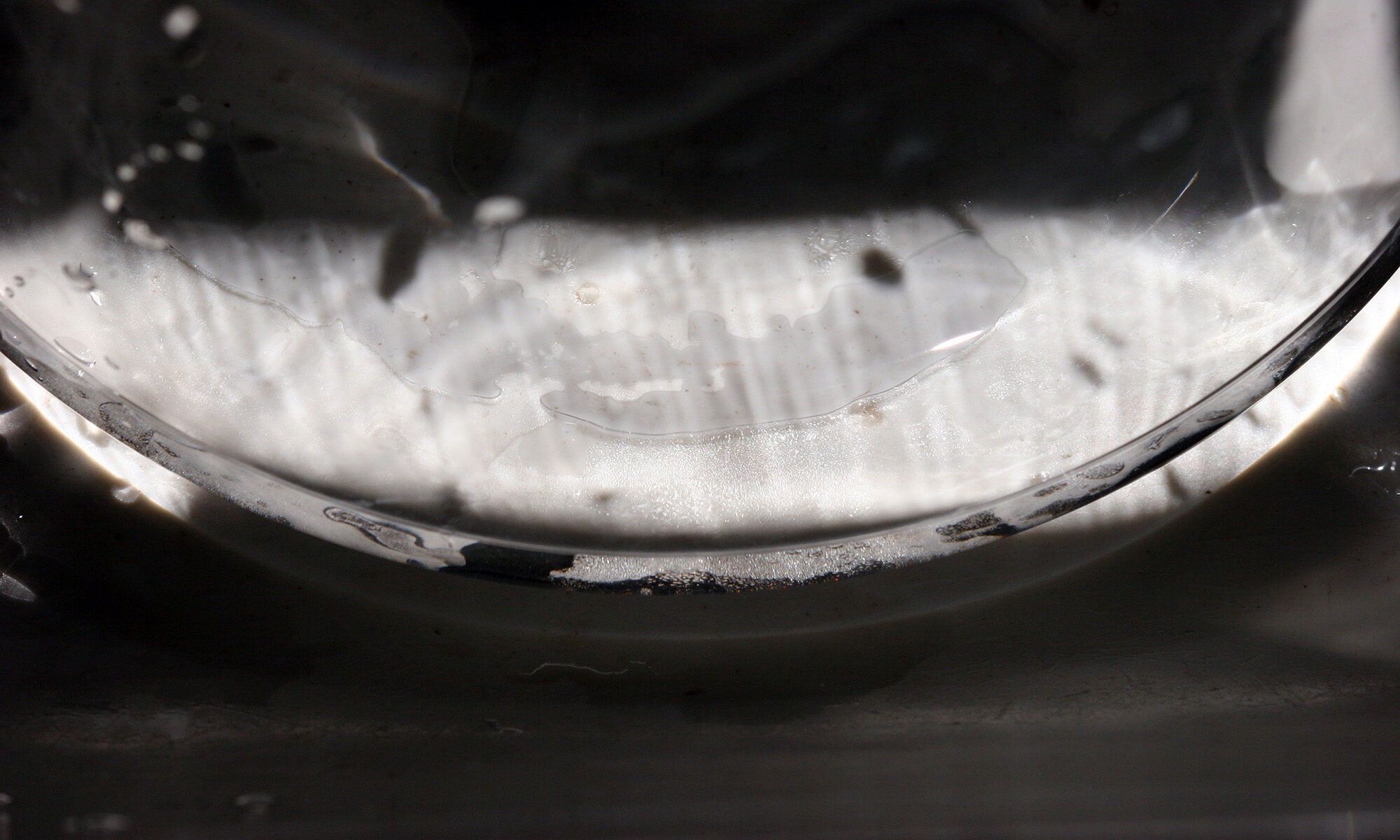
After introducing the Incompleteness Theorem (Die Vollständigkeit der Axiome des logischen Funktionenkalküls), Gödel turned his attention to Einstein’s theory of relativity (Zur Elektrodynamik bewegter Körper). He found new cosmological solutions to Einstein’s equations, showing time to behave in unexpected ways. These solutions, known as Gödel universes, describe a warped spacetime where it is possible for a spacecraft, traveling at a specific speed with sufficient fuel, to navigate to the past, present, or future.
If in closed time-like curves (Gödel-Metrik) one would be caught up in the rotation of the universe (including space and time), and could perhaps follow a path through the rotation arriving in the past … granted it’s purportedly a path on the order of n * 10¹² light years. Essentially the rotation of the universal immensity would bend potential paths forward into the past.
Gödel demonstrated time travel was theoretically possible, and not just a philosophical idea. His findings suggest if time travel were achievable, the concept of time as something passing would be invalid. Einstein acknowledged Gödel’s contribution but recognized the disturbing implication: if Gödel’s results were correct, time itself might be an illusion. This deeply unsettled Einstein, despite his praise for Gödel’s work.
Despite the profound implications of Gödel’s discovery, it was largely ignored after an initial flurry of interest. Effort was made to refute or expand upon his findings, but soon faded and nothing happened.

For the whirlings of the universe are but the course of the blood in my heart. And the unspeakable variety thereof is but my divers hairs, and plumes, and gems in my tall crown. The change which ye lament is the life of my rejoicing, and the sorrow that blackeneth your hearts is the myriad deaths by which I am renewed. And the instability which maketh ye to fear, is the little waverings of balance by which I am assured.
And now the veil of silver tissue-stuff closes over him, and above that, a purple veil, and above that, a golden veil, so that now the whole stone is like a thick mat of woven gold wires; and there come forth, one from each side of the stone, two women, and grasp each other by both hands, and kiss, and melt into one another; and melt away. And now the veils open again, the gold parts, and the purple parts, and the silver parts, and there is a crowned eagle, also like the Assyrian eagles.
And he cries: All my strength and stability are turned to the use of flight. For though my wings are of fine gold, yet my heart is the heart of a scorpion. Glory unto thee, who being born in a stable didst make thee mirth of the filth thereof, who didst suck in iniquity from the breast of thy mother the harlot; who didst flood with iniquity the bodies of thy concubines.

The Husserlian manuscripts, says Derrida, develop the Idea, this infinite aim or Telos, into Logos and into God: the Idea is a direction which is both in history and above history. It is at this point in Derrida’s argument that the possibility is evoked of a historicity which could cut loose from telos. Husserl has moved beyond the division between actual infinity which then falls (dérive) into history and the indefinite infinity which has to work through history, Derrida implies. But the going-upstream of that division has not made of the Idea some transhistorical Absolute. Instead, like all ideality, like language, it is something which exists throughout historicity only because it is an infinite process of determination. This process, in a pattern now familiar to us, causes the fact or history to appear by moving to an absolute, by exceeding it. The telos and origin have both been caught up by Husserl into what is now a movement; the Absolute for this late Husserl can be nowhere else but in the movement of history itself – ‘L’Absolu est le Passage’ (‘the Absolute is Passage’). (The peculiar relation of infinity to finitude in the Idea, the crucial impossibility of turning it into a theme, and the way Derrida develops this, will be discussed in the next section.) Husserl seems to have shown that a historicity can be thought which is neither purely empirical history nor merely a historicized rationalism. From the point of such a historicity, both origin and telos of the development of geometry seem to disappear in the movement of geometry’s history, yet this movement is not historicized. It might seem that this is transcendental historicity.
It is at this point in the introduction to Origin of Geometry that Derrida articulates Heidegger with Husserl, and ‘infinite historicity’ with facticity. It is at this point that the question ‘What is a fact?’ can be asked, and at this point that the thinking of facticity has become possible, facticity meaning not brute fact over and against which one positions oneself, but a concrete way of being in the world, or being delivered up to the world. Husserl has led us to the onto-logical question (‘Is there and why is there historical facticity?’) since it is phenomenology which alone has faced the eventuality of a loss of meaning in its exploration of the possibility of pure meaning and pure history. Heidegger comes after Husserl, and a taking-seriously of facticity is not a return to precritical philosophy and empiricism. But then there can only be retreat. Ontology may ask the question as of right; any answer, says Derrida, will be phenomenological. Husserl comes after Heidegger, and the method which seemed to be a propaedeutic can only be continued. It is interminable: ‘Seule elle [la phénoménologie] peut faire apparaître l’historicité infinie, c’est-à-dire le discours et la dialecticité infinie comme la possibilité pure et l’essence même de l’Etre en manifestation’ (‘For phenomenology alone can make infinite historicity appear: i.e., infinite discourse and infinite dialecticalness as the pure possibility and the very essence of Being in manifestation’).
Husserlian phenomenology is what preserves Heideggerian facticity from empiricism; the development of philosophy from Husserl to Heidegger is not then accidental, but ‘after’ in a sense beyond mere chronology. It is as if, in Derrida’s account, a Husserlian sediment has accrued to Heideggerian ontology and as if, matching Husserl’s account of history, it can be developed or reactivated. Husserlian temporalization is a movement backwards and forwards, a tension between protention and retention, between anticipation and verification of experience. Husserlian tradition is a ‘question back’ to origins, to original insight or discovery whose sense was project, movement forward – so that neither the present as absolute nor the absolute origin is available; and phenomenological method, with its reduction which can never terminate, is awareness that Discourse is always behind-hand in relation to Being. The presence of being is infinite deferral.

